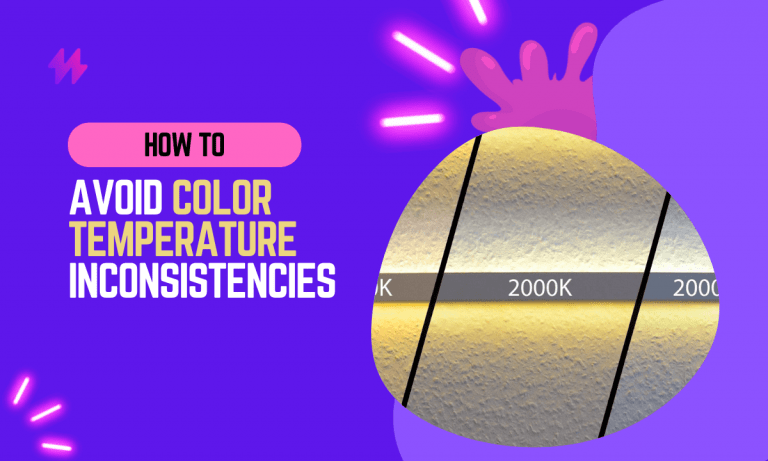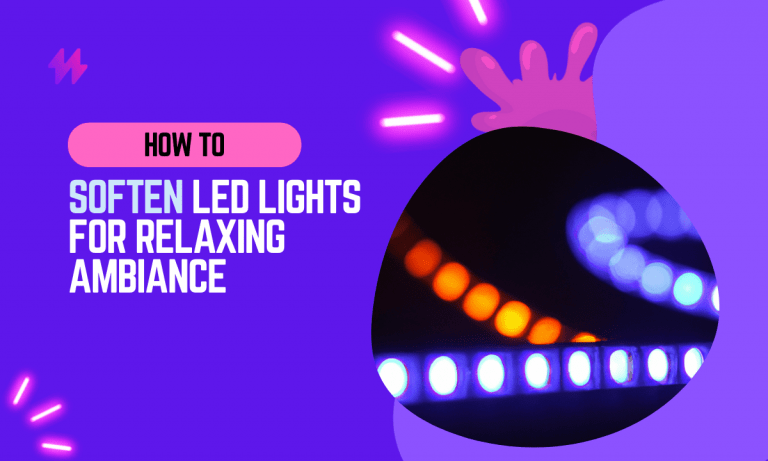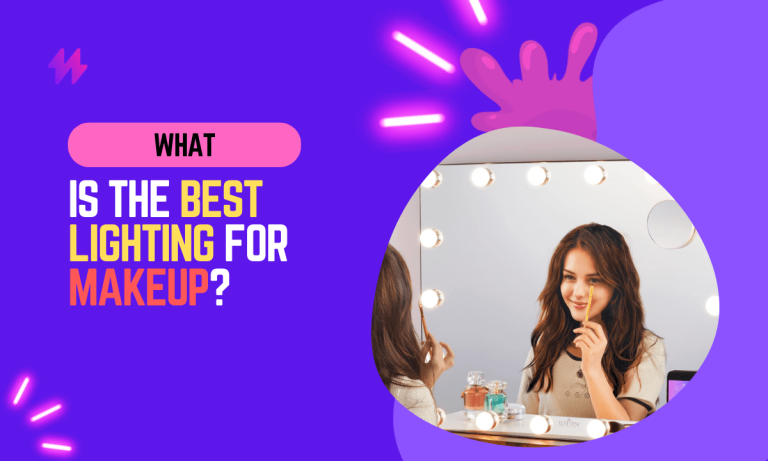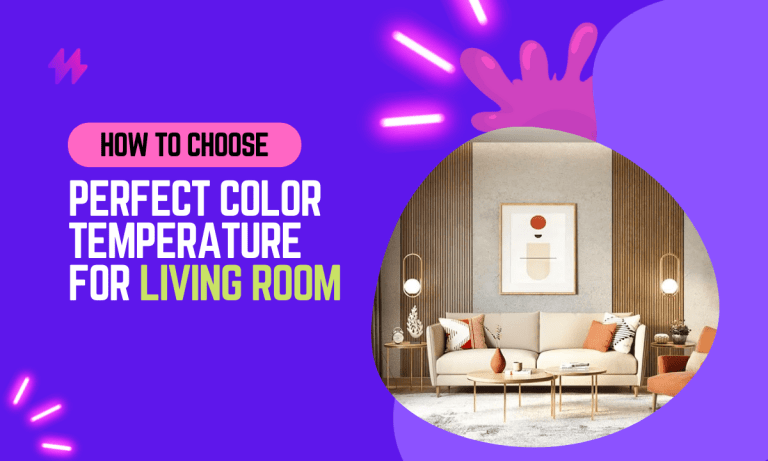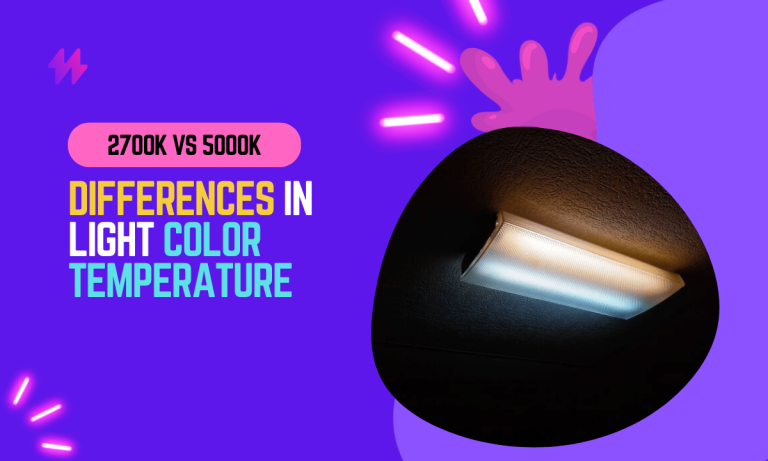How to Choose The Best Lights for Your Office
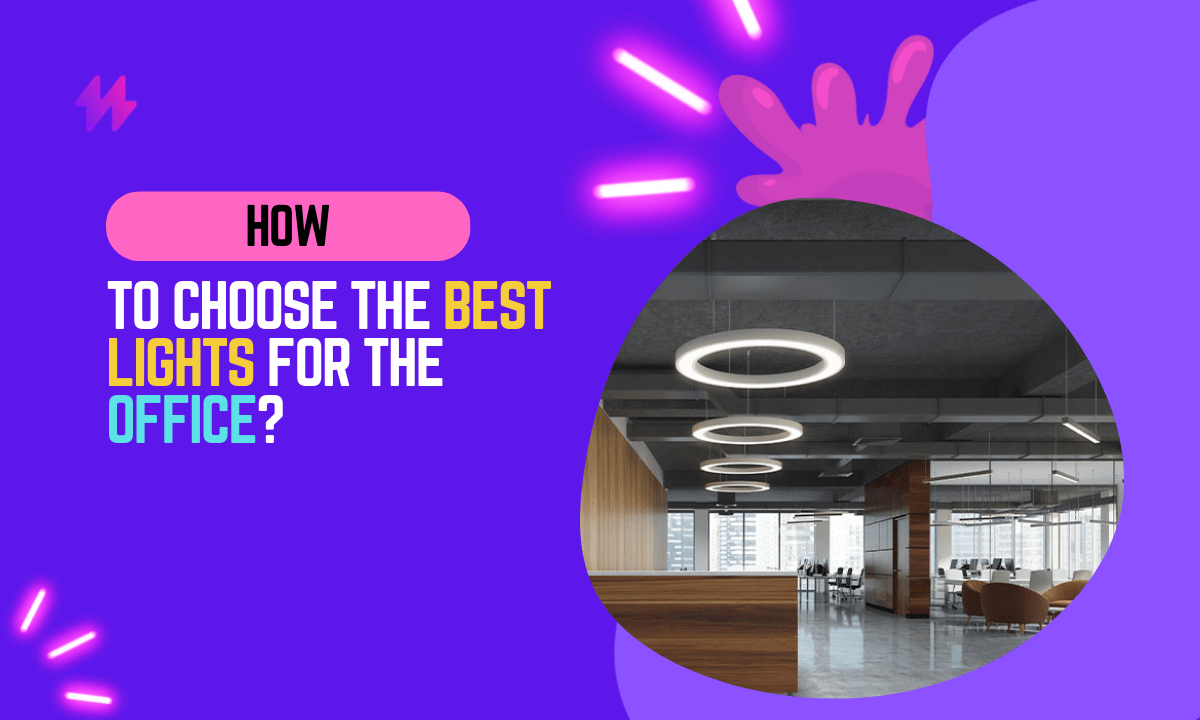
Your office lighting can have a big impact on your productivity and comfort. If your lights are too bright or too dim, or if they cast harsh shadows, it can be not easy to concentrate and get work done. In addition, poor lighting can lead to eye strain and headaches.
LED lights are a popular choice for offices because they are energy-efficient and long-lasting. However, some LED lights can have a harsh, cold light that can be uncomfortable to work under. Others may not provide enough light to see your work.
I have personally seen the firsthand impact that lighting can have on productivity and comfort. I have helped countless businesses find the best lighting solutions for their offices, and I am confident that I can help you find the perfect lights for your needs.
In this article, I will discuss the different types of LED lights available and how to choose the right lights for your office. I will also provide tips on how to create a comfortable and productive work environment with your new lighting.
Types of Office Lighting
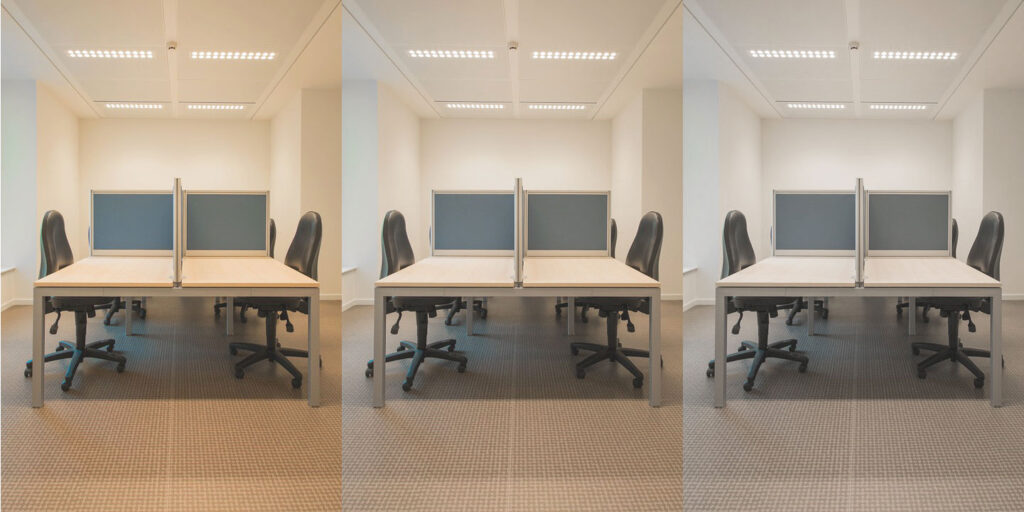
Three main types of lighting are used in offices:
- Ambient lighting provides general illumination for the entire office. This type of lighting is typically used to create a bright and welcoming atmosphere.
- Task lighting provides focused illumination for specific tasks, such as reading, writing, or using a computer. This type of lighting is typically used at workstations or other areas where detailed work is done.
- Accent lighting is used to highlight specific features in the office, such as artwork or architectural details. This type of lighting can help to create a more interesting and inviting space.
Also read: How to check the color temperature of LED Light?
How to Choose the Best Lights for Your Office?
When choosing lights for your office, there are a few factors that you need to consider, including:
- The size of your office: The amount of light that you need will depend on the size of your office. A small office will require less light than a large office.
- The layout of your office: The layout of your office will also affect the type of lighting that you need. For example, if your office has a lot of cubicles, you will need task lighting at each workstation.
- Activities performed in your office: The activities that are done in your office will also affect the type of lighting that you need. For example, if your office is used for various tasks, you will need a combination of ambient, task, and accent lighting.
Tips for Choosing the Best Lights for Your Office

Here are a few tips for choosing the best lights for your office:
- Consider the color temperature of the light: The color temperature of light is measured in Kelvin (K). Warmer light (2700-3000K) is more relaxing and inviting, while cooler light (4000-5000K) is more stimulating and productive.
- Choose lights that are energy efficient: Energy-efficient lights can help you to save money on your energy bills.
- Consider the lifespan of the lights: The lifespan of a light is measured in hours. You will want to choose lights that have a long lifespan so that you don’t have to replace them frequently.
- Choose lights that are easy to clean: Office lights can get dirty quickly, so you will want to choose lights that are easy to clean.
Benefits of Good Office Lighting
Good office lighting can provide several benefits, including:
- Good lighting can help you to stay focused and reduce eye strain, which can lead to increased productivity.
- Good lighting can help to reduce eye strain, which can lead to headaches and other discomforts.
- Good lighting can help to improve your mood and make you feel more alert and productive.
- Good lighting can help to create a more inviting and productive work environment, which can lead to increased employee satisfaction and productivity.
FAQs
Below you’ll see the most frequently asked questions about the best lights for your office.
How much light do I need in my office?
The amount of light you need in your office depends on the type of work being done and the size of the space. The general rule of thumb is to provide 50 to 75-foot candles of light at the work surface. You can measure the foot candles of light in your office using a light meter.
What type of light bulbs are best for an office?
There are a few different types of light bulbs that can be used in an office, including incandescent bulbs, fluorescent bulbs, and LED bulbs. Each type of bulb has its advantages and disadvantages.
- Incandescent bulbs are the most common type of light bulb. They are relatively inexpensive and they provide a warm, inviting light. However, incandescent bulbs are not very energy-efficient.
- Fluorescent bulbs are more energy-efficient than incandescent bulbs. They also provide a bright, white light. However, fluorescent bulbs can flicker and they can emit a humming noise.
- LED bulbs are the most energy-efficient type of light bulb. They also provide a bright, white light. LED bulbs do not flicker or emit a humming noise.
How can I make my office more comfortable with lighting?
There are a few things you can do to make your office more comfortable with lighting, including:
- Use dimmer switches to control the brightness of the lights.
- Use task lighting to focus light on specific areas.
- Use accent lighting to create a more inviting atmosphere.
- Choose light bulbs that emit a warm, inviting light.
How can I save money on my office lighting?
There are a few things you can do to save money on your office lighting, by using energy-efficient light bulbs, dimmer switches to control the brightness of the lights, Turning off the lights when you leave the office, and Install motion sensors to turn off the lights when the room is empty.
You may also like: How to Use LED Light Colors to Create Different Moods?
Conclusion
In conclusion, selecting the best lighting for your office involves a careful balance of function, efficiency, and comfort. Optimal office lighting not only illuminates workspaces effectively but also enhances productivity and minimizes strain on the eyes. It is essential to consider both the quality and type of light. LED lights, known for their energy efficiency and longevity, are a popular choice. They provide bright, even light that closely mimics natural daylight, known to boost alertness and mood. Adjustable and dimmable features allow for customization according to the time of day and specific tasks, which is particularly beneficial in environments where precision and attention to detail are paramount. Moreover, the color temperature of the lighting plays a critical role; a range of 4000 to 5000 Kelvin is often recommended for office settings as it offers a bright, neutral white light that aids in concentration and detail-oriented work.
Furthermore, the physical layout of the lighting should be strategically planned to ensure that light sources effectively cover the workspace without causing glare or shadows. Overhead lighting should be supplemented with task lighting, particularly in areas where critical work is performed. This approach reduces eye strain and increases efficiency. Consideration of natural light sources is also important. Where possible, offices should maximize the use of natural light, which not only reduces energy consumption but also has been shown to improve worker satisfaction and productivity. Care should be taken to position workstations in such a way as to avoid direct glare from windows, potentially using blinds or filters to diffuse harsh sunlight. Ultimately, the goal is to create a harmonious lighting environment that fosters a comfortable, productive, and visually healthy workspace.
Resources
[The Importance of Good Office Lighting]

